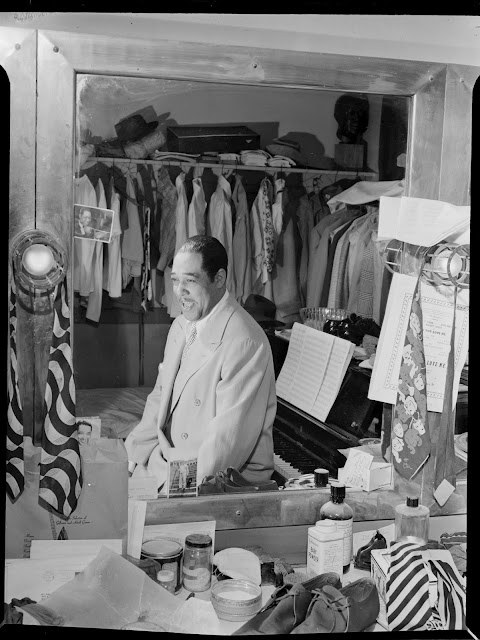Celebratory Cantatas: J.S. Bach Secular Cantatas, volume 8
A good compilation tape, like breaking up, is hard to do. You’ve got to kick it off with a corker, to hold the attention, and then you’ve got to up it a notch, or cool it a notch, and... oh, there are loads of rules.
- Nick Hornby, High Fidelity, 1995In October 1734 Augustus III, Elector of Saxony and King of Poland, made a surprise visit to Leipzig and Bach put down everything he was doing to cobble together a celebratory cantata in the Elector's honour. This was Preise dein Glucke, BWV 215, one of two fabulous works on the new Bach Collegium Japan disc, volume 8 in their Secular Cantatas series from BIS. With only a few days in which to work, Bach re-used some of the music he had lying around, notably the fabulous first movement of his 1732 cantata Es lebe der König, der Vater im Lande, BWV Anh 11, set for two four-part choirs, as a base for the opening chorus. This is joyous music, full of pomp and pagentry, with trumpets blazing and drums pounding. For 18th century composers dealing with their patrons the currency was always flattery. If Augustus III was paying attention at all, he must have been mightily impressed by this compliment. This is courtly music at the very highest level. The second cantata, written for the birthday of Augustus, is every bit as bright and appealing. Masaaki Suzuki and his amazing Bach Collegium Japan bring the same dedication, musicianship and scholarship to this recording that they have to every Bach cantata they've performed over the years, with an extra helping of high spirits. This is very highly recommended!
Released June 2, 2017.
















